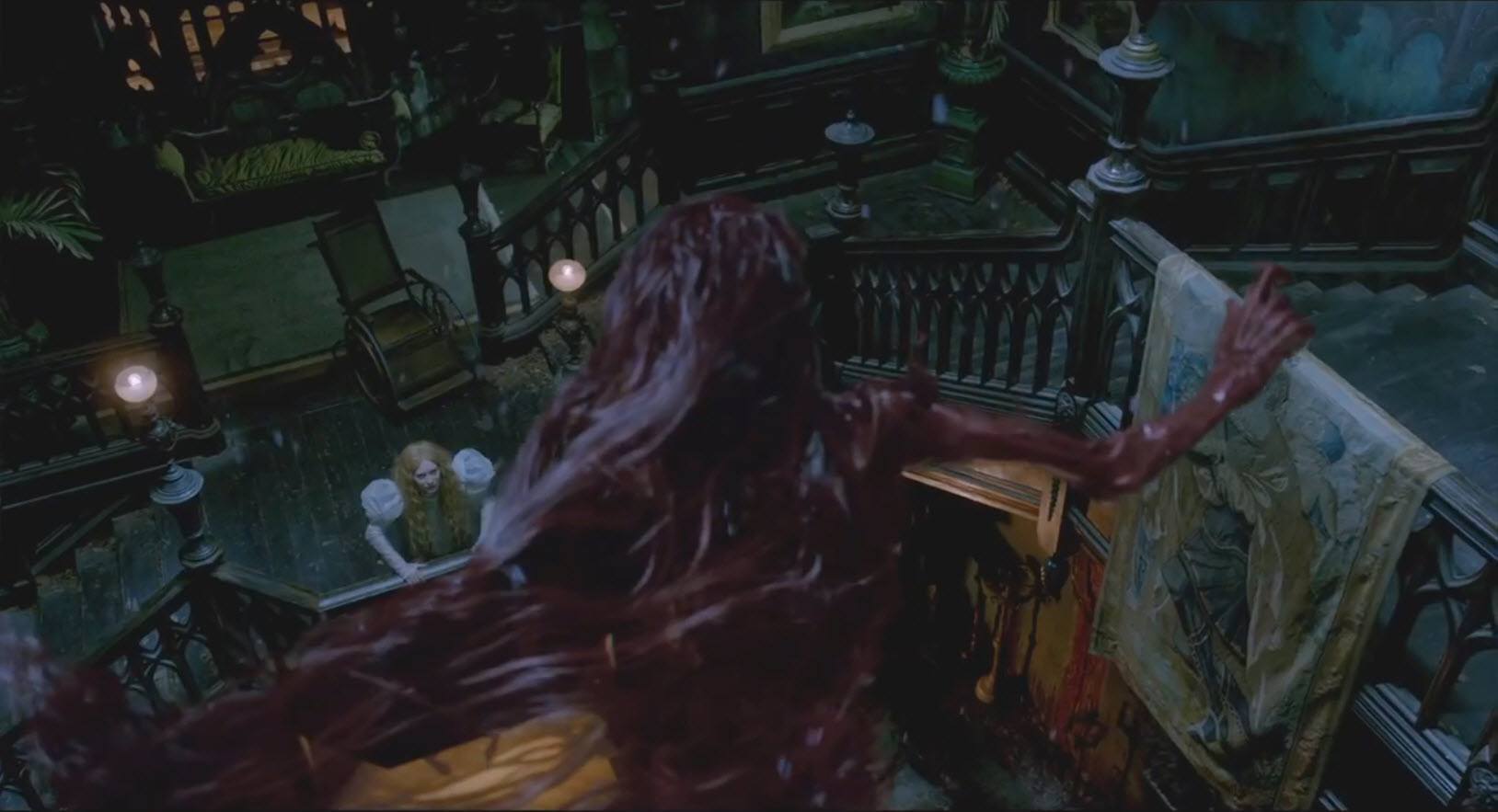The
back and front of a packet collected in a Portuguese bakery in Esch-sur-Alzette (on the Place de la Resistance).
Since
January 2006 I have been collecting sugar packets, a hobby which trickled down
from a great aunt, which was not unusual in the Netherlands in the 1950s but is
now far less common. Most of the packets come with cups of coffee, drank by me
or by friends and family on holiday trips. There is a sense of excitement in
walking past a terrace and seeing the coffee cup of someone who already left
still sitting there, the packets untouched; sneaking by and letting them slide
in my pocket. In the summer when I stay at my dad’s house I tally up what I
have gathered the past year. I cut small slits in the sides of the packets, let
the sugar run out, and arrange them in self-adhesive photo books, matching and
categorizing. On the internet I have so far found three clubs for sugar packet
collectors: one in the Netherlands, one in Portugal and one in Hungary. I
haven’t traded much yet, but I have been given the collections of some people
who were clearing out their attic, one of them counting thousands and
alphabetized on place name.
Initially
one thing that fascinated me about the Dutch packets I collected, was that many
of them only have the word “SUGAR” in English, pragmatic, in capitals. These
packets are very different from those my great aunt collected in the 50s. On
those, there is just Dutch – not a hint of German or French even in the holiday
resorts. At that time it must have been cheaper to have personalized packets
pressed, as every small cafeteria had their own. Now most cafés give out sugar
packets from the brand of coffee they serve.
On closer
inspection, it is not just the Dutch packets that feature interesting language
choices. There are McDonalds packets with Swedish and Finnish; packets that
feature slogans in Italian; and obviously the Luxembourgish packets, each of
which seems to interpret the language situation in Luxembourg differently. The
packets I collected in the United States, the United Kingdom, and interestingly
also South Africa are all exclusively in English. An interesting case on their
own are the very multilingual packets, which feature four or more languages.
Which languages do they combine, and why those?
To an
extent, language on sugar packets is not even really needed. If you get a small
packet with your coffee that rustles when you shake it, you probably have an
idea of what is in it. The function of the language is somewhat symbolic. Language
choice serves an ideological function, even on something as small as a sugar
packet, or maybe especially there.
When designing the packet, the business is making predictions about what their
customer will understand, and what connotations different languages will have
to them. The business is presenting itself as allied to what the language
choice represents.
I believe
the collection could be a very interesting corpus for a thesis on
multilingualism and the economic and ideological motivations of language
choice. It is a type of linguistic landscaping study: what languages are
featured, in what order and prominence? Is everything translated or just a
part? What types of businesses make which kinds of language choices? Yet
because of the nature of the collection, there is potential for comparison
across different countries and through different time periods, which would be
harder to achieve in studies of language choice on shop signs and
advertisements. A lot of sugar packets have been documented and dated precisely
by collector collectives in the Netherlands and Portugal, and possibly
elsewhere; this can be used to supplement and date my own sugar packets.
For the
literature review, I would search for texts on language choice in
business-customer interaction. For the methodology it will be useful to review
texts about linguistic landscaping, as well as texts about sugar packets, if
available. I am curious to see if business-customer interaction has been
specifically written about in linguistic landscaping studies before. Also, it
might be fun to see if Bourdieu’s theories about the economy of linguistic
exchanges applies here, or if he just meant that metaphorically. It would also
be good to read up on the linguistic context of the countries from which I am
analyzing packets.



